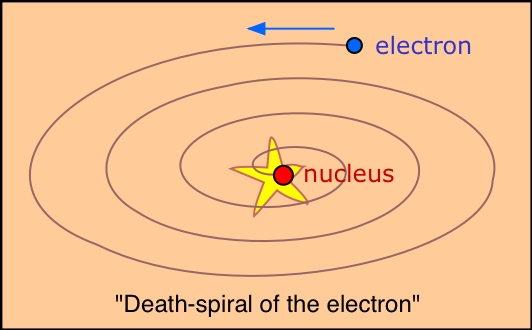Chem 5314 -- Graduate Physical Chemistry
(SOME) LECTURE NOTES
Lecture notes, part 1
Lecture notes, part 2
Lecture notes, part 3
Lecture notes, part 4
Lecture notes, part 5
Lecture notes, part 6
Lecture notes, part 7
Lecture notes, part 8
Homework Assignments and Test Solutions
python section
jupyter notebook (web browser version)
PIB python notebook (exact numerical solution) before class on September 26
PIB python notebook (exact numerical solution) as it looked at the end of class on September 26
heat capacity python notebook (beginning of class October 12)
Extra Material
boltzmann dist. animated gif, particle in 1d box (1)
boltzmann dist. animated gif, particle in 1d box (2)
boltzmann dist. animated gif, particle in 1d box (3)
dist. vs. indist. N=5, Etotal=43
Stirling approximation of log N!
Tent function fit to particle in a box eigenfunctions

Particle in box applications
drop first term
Double well applet
psi1 and psi2
prob. density animated gif
